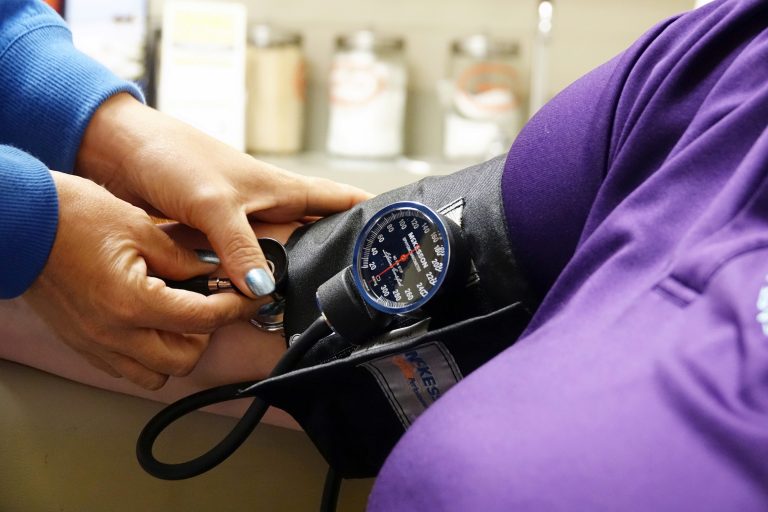Increased spending in Medicaid and private health insurance has spurred a 7.5-percent rise in the total amount of the U.S. economy that was spent on healthcare in 2023, according to data released by the U.S. Centers for Medicare and Medicaid Services (CMS) on Wednesday, June 12.
Last year, an estimated $4.8 trillion went to healthcare spending. The increase outstripped the projected annual gross domestic product growth rate of 6.1 percent. America’s estimated GDP in 2023 was $27 trillion.
The number of insured individuals largely grew due to record high enrollment in Medicaid, with 91.2 million people being covered under the federal and state health program for the poor in 2023.
Medicare spending is projected to have grown by 8.4 percent to over $1 trillion and the Medicaid by 5.7 percent to $852 billion. Spending on private health insurance is projected to have grown by 1.1 percent to $1.4 trillion.
The estimated healthcare spending per person in the U.S. stood at about $14,423 in 2023 and $15,074 in 2024.
Success
You are now signed up for our newsletter
Success
Check your email to complete sign up
National health spending is expected to grow by 5.2 percent in 2024, though Medicaid enrollment is set to decline by 11.2 percent when over 10 million people lose coverage now that pandemic response measures guaranteeing continuous enrollment have expired. An estimated further 2 million will lose coverage in 2025.
By 2032, health care spending as a share of U.S. GDP is expected to grow to 19.7 percent, up from 17.3 percent in 2022.
Spending in the Medicare program for people over the age of 65 and the disabled is set to initially grow during the coming decade partially due to measures in U.S. President Joe Biden’s Inflation Reduction Act, which among other provisions introduced a $2,000 annual cap on out-of-pocket spending.
It will gradually fall over the following years when the effects of other provisions kick in, such as drug prices negotiated by Medicare with pharmaceutical companies that are set to apply starting 2026, and the tying of drug price increases to inflation which already started in 2023.
Reuters contributed to this report.







